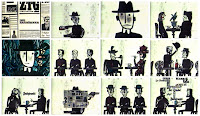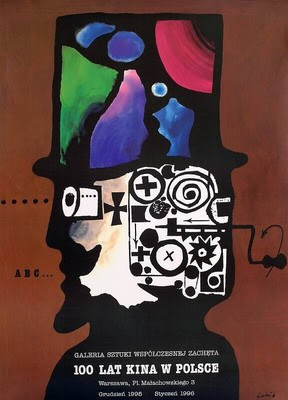
Oddball Films presents Polanski and the Polish Avant-Garde, a program of brilliant short films and animation from Cold-War era Poland. Dark, clever and with an ever-present undertone of veiled oppression, this program will open your eyes to the beauty and wit of this handpicked handful of Polish innovators. A young Roman Polanski (arguably the most famous filmmaker to come out of Poland) brings us Two Men and a Wardrobe (1958), his darkly comic student film rife with absurdities and angst. The visionary artist Jan Lenica, (among Polanski's biggest influences) gives us a hip animated version of Ionesco's Rhinoceros (1965) utilizing collage and cut-outs. With strict censorship from the state, many Polish filmmakers were forced to use allegory to relay their anti-war messages in a veiled manner. Tad Makarczynski's The Magician (1962) tells the story of young boys recruited to be soldiers by a nefarious magician. The incredibly brilliant (and Oddball favorite) dystopian masterpiece No. 00173 (1967) will blow your mind with it's eery depiction of a grim factory, momentarily brightened by a colorful butterfly. Working with oil-based paints on glass, master Polish animator Witold Giersz's Red and Black (1963) influenced animators the world over. Plus, two stop-motion pieces; Worek (AKA The Sack) about a burlap sack that dictatorially terrorizes a room of inanimate objects and the darling The Day the Colors Went Away with a little girl who must hunt down her runaway watercolors to recolor the world. With more surprises for the early birds!
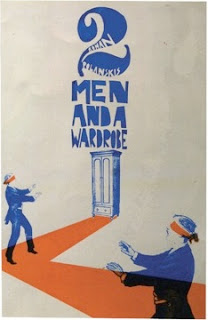
Featuring:
Two Men and a Wardrobe (B+W, 1958)
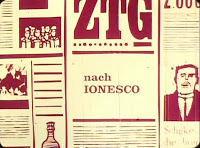
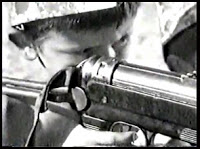
Directed by Tad Makarczynski; produced by Semafor Studios in Poland, this remarkable rarity is a grim, savage and unpleasantly effective little anti-war allegory, cleverly conceived and beautifully executed. “The Magician” recruits a small group of young boys to become little soldiers… Not much information on director Makarczynski,- he most certainly lived through the horror of the Nazi invasion of Poland and the Warsaw Uprising, and in addition to many documentaries about the war he collaborated with “On The Bowery” director Lionel Rogosin on the anti-war film “Good Times, Wonderful Times”.
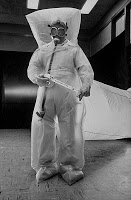
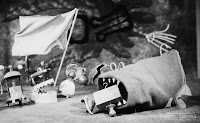
Mysterious and creepy stop-motion film from Poland- a burlap sack proceeds to consume everything in sight, until all the objects- scissors, sewing machines, etc. revolt, organize and subdue it.
Charming Polish stop-motion animation about a messy painter girl. The colors in her paint box are fed up with her messy painting style and hit the road- taking all the world's colors with them. Stuck in a black and white world, the little girl sets out to find the colors (who have gathered in a rainbow) and re-paint the world.
For the Early Birds:



